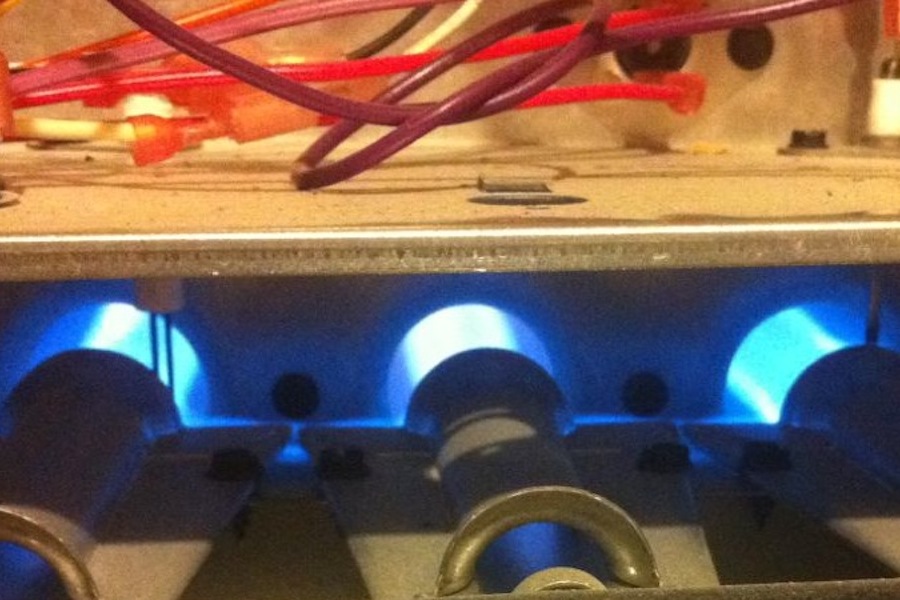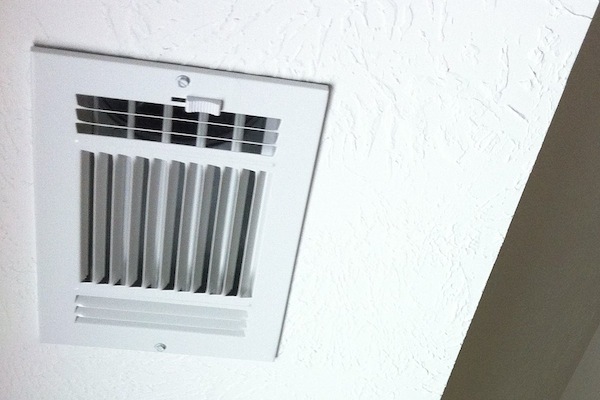Feb 3, 2023
Heat Pump or Furnace: Which Is Better for Comfort?
The reality is that properly designed heat pumps can provide more comfortable heating than furnaces.
By: Allison A. Bailes III, Ph.D.

With all the incentives for heat pumps and the talk of electrification these days, you may be thinking of going with a heat pump. Heat pumps can work in both new and existing homes. But can you be comfortable with a heat pump? If you’ve been reading this blog for a while, you know my answer. Let me explain.
The temperature of heated air
First, let me say that air temperature is not the main factor that determines thermal comfort. Mean radiant temperature is more important. But for this article, I’m going to focus only on what forced-air furnaces and heat pumps do: blow warm air into the conditioned space.
A furnace burns a fuel (gas or propane) and transfers most of the heat of combustion to the air passing over the heat exchanger. That air then gets blown into the different rooms in your home to keep you warm in winter. The furnace-heated air coming out of the vents in your home is about 125 °F. (There’s some variation, but this is typical.)
A heat pump doesn’t convert another form of energy to heat. Instead, it just moves heat. In winter, it moves heat from outdoor air to indoor air. And yeah, there really is enough heat to heat your whole house even on a cold day…assuming the system has been designed and installed properly. The air temperature coming out of a heat pump, though, is only about 95 °F.
Why a lower temperature is better
We don’t need 125 °F air to heat our homes to 70 °F. Even if you set the thermostat higher, say 75 °F, you can still heat your home with 95 °F air. Think about it. You add 95 °F air to 70 °F air. The heat from the warmer air transfers to the cooler air and keeps you warm.
So why is lower temperature air better for comfort? Well, to get the same amount of heating from lower-temperature heat pump air, you need more air flow. That additional air flow is the key to comfort.
With high-temperature air, the furnace blasts you with hot air for a short time and then goes off. Then it comes back on a while later and blasts you again. So you’ve got what can be a noticeable variation in temperature over time. The big difference in temperature between the room air and the heated air also creates variation in temperature from one part of the room to another.

A heat pump, by contrast, adds a greater volume of lower temperature air. That extra air flow and lower temperature means a more uniform temperature. And that means you’re not as likely to notice temperature differences from place to place or from time to time.
The importance of good design
Now, the big caveat here is that you need a heat pump that’s sized properly for the heating load in the house. You also need a system that can provide enough heat even when the outdoor temperature is low. That means having the right kind of heat pump or having auxiliary heat available for the cold days.
Then there’s the distribution system (ducts plus supply registers and return grilles). The ducts and fittings need to be selected and sized to distribute the right amount of conditioned air to the rooms. And the duct system needs to distribute that air to the right places.
One of the most important rules for designing a duct system is not to blow air on people. You want to put the supply registers in places where they’ll blow the air into the room in a way that it gets well mixed with room air before entering the occupied zone.
That last point is the answer to what HVAC professionals call “cold blow.” Yes, heat pump air is cooler than furnace air. If you blow it right at a person in the room, they may feel a draft. The problem isn’t the heat pump, though. It’s the distribution system. (ACCA Manual T provides guidance for selecting, locating, and sizing registers and grilles. It’s rarely used.)
The reality is that properly designed heat pumps can provide more comfortable heating than furnaces.
This blog post originally appeared in the Energy Vanguard blog and is reprinted with permission.





